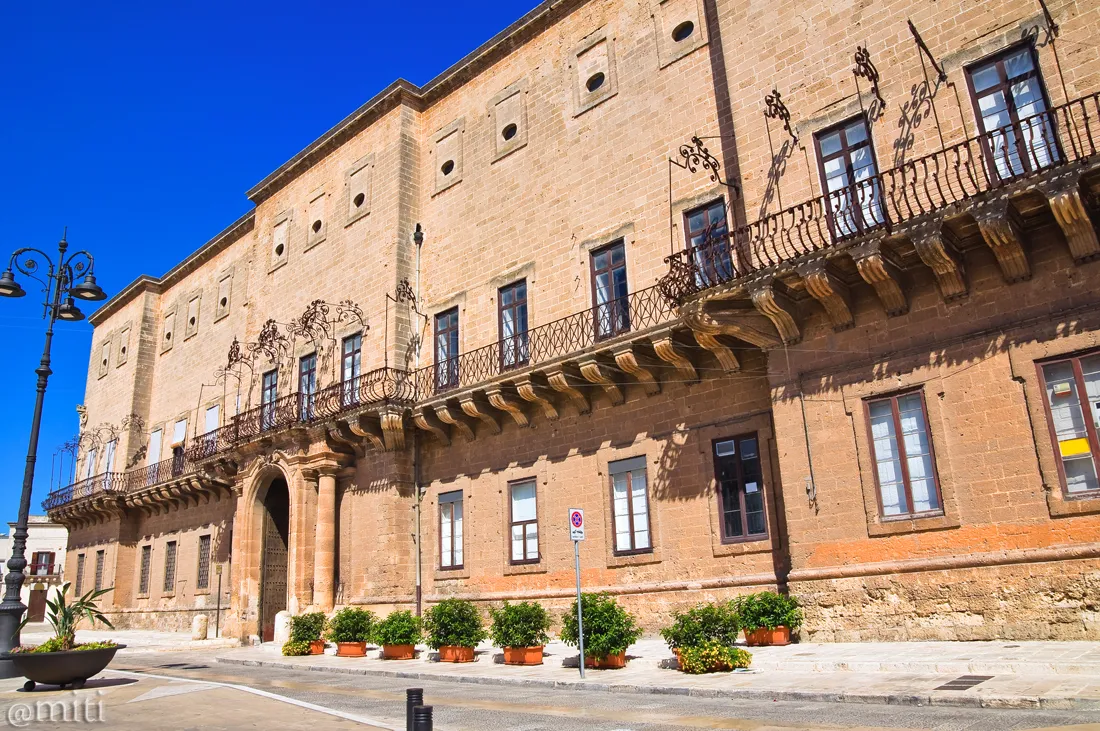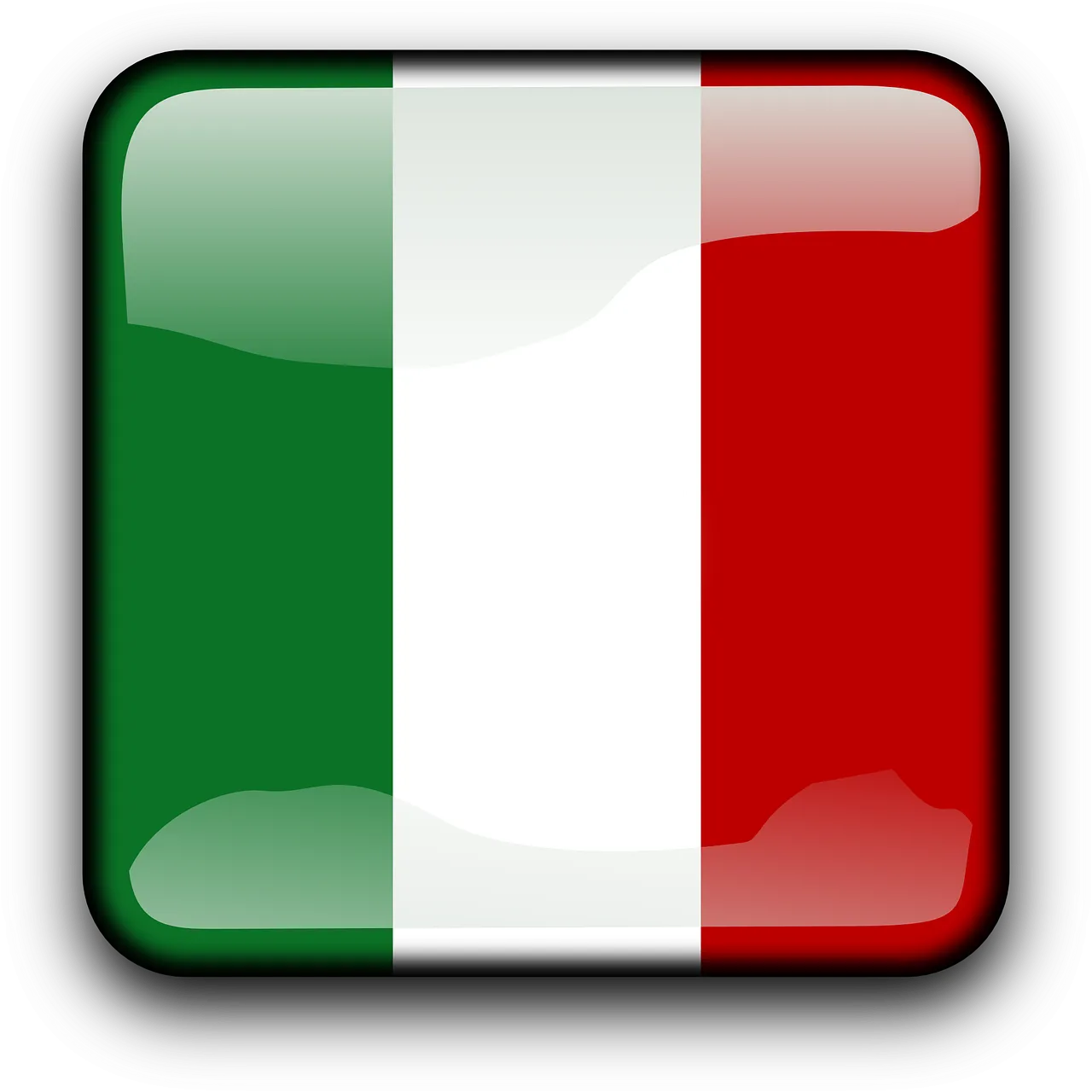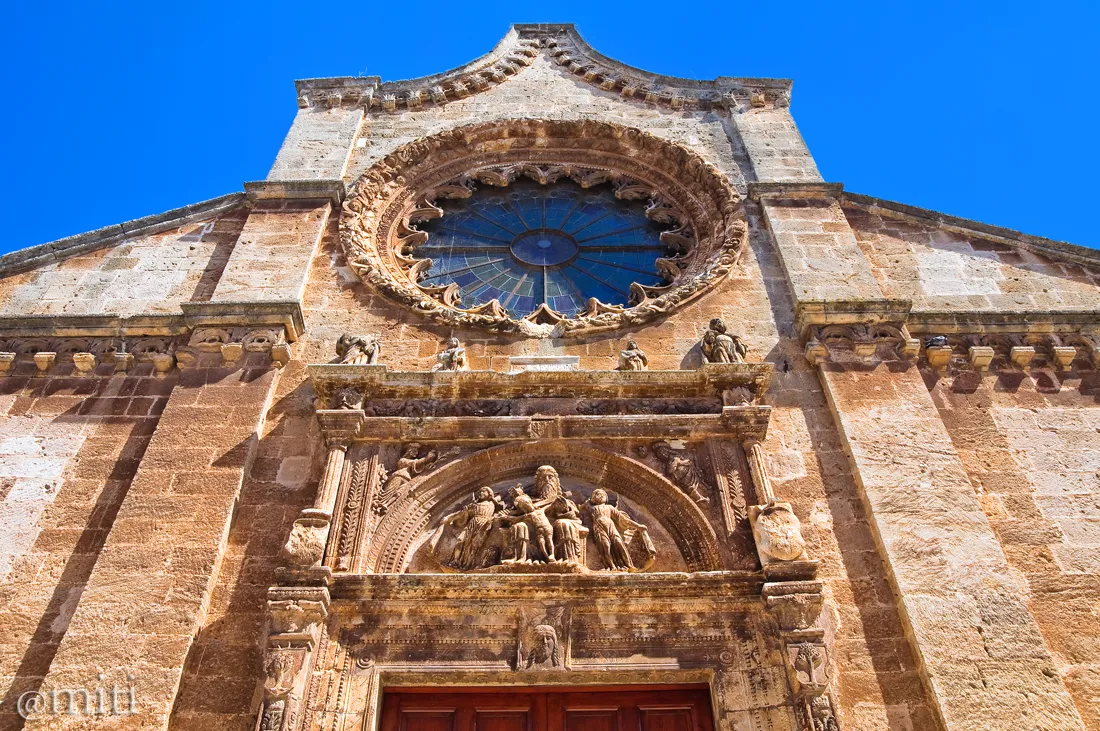
The Filotico-Imperiali's Palace (Author's photo - All rights reserved)
Il Palazzo Imperiali-Filotico (Immagine dell'autore - tutti i diritti sono riservati)



Ciao a tutti,
questo è un viaggio attraverso l'Italia. Posterò una foto al giorno con una brevissima descrizione. Spero vi piaccia!

Manduria è un comune della provincia di Taranto, nella regione italiana meridionale della Puglia. È una terra fertile e antica, tra le tre province di Taranto, Lecce e Brindisi. Un cartello è posto all'ingresso del borgo per accogliere il visitatore nella "Città dei Messapi".
Nei tempi migliori, in epoca antica, gli abitanti non erano greci ma messapi, che hanno lasciato reperti impressionanti. Manduria ha una lunga storia, che risale alla Magna Grecia e anche antecedente. Il re di Sparta morì qui in battaglia nel 338 aC mentre combatteva contro i Messapi. I due rivali formarono un'alleanza per combattere contro gli invasori romani, ma senza risultato, e la città fu rasa al suolo e i suoi abitanti furono ridotti in schiavitù nel 212 aC. Fu ricostruito e distrutto diverse volte, saccheggiato nel 547 dopo la caduta di Roma e nel 977 nella battaglia con i Saraceni.
I Normanni lo ricostruirono e lo svilupparono, chiamandolo Casalnuovo, e prosperò sotto il Sacro Romano Impero. Con un decreto comunale nel 1789, l'antico nome di Manduria fu ristabilito.
Le antiche radici possono ancora essere viste in diversi luoghi intorno a Manduria. Si intravedono le mura difensive costruite dai greci, enormi blocchi ancora in piedi all'esterno, che un tempo circondavano la città con un antecedente fossato . Il parco archeologico con le sue necropoli monumentali testimonia la presenza di antiche civiltà. Forse la più affascinante è la Fonte Pliniano, una fontana descritta da Plinio nel suo libro "Naturalis Historia". Si trova ancora accanto a un mandorlo, esattamente come Plinio lo descriveva 2000 anni fa.
La porta Sant'Angelo è uno dei portali medievali che permettevano l'ingresso in città, mentre il centro storico conserva ancora la sezione originale del ghetto ebraico medievale. C'è una cattedrale romanica, una chiesa rinascimentale con un rosone ornato, e diversi edifici barocchi adornati con dettagli in ferro battuto e intagli decorativi.
Il Palazzo Imperiali-Filotico o "cento stanze" è un prestigioso esempio di architettura civile barocca. Per fare spazio a questo edificio furono cancellati i probabili resti del precedente castello medievale e il risultato fu questa solida architettura, che veniva usata soprattutto dai proprietari terrieri per le frequenti battute di caccia nei boschi di Manduria quando non erano nella vita di corte a Napoli.
L'anima più antica e gloriosa di Manduria si svela nella necropoli messapica, oggi un parco archeologico che contiene più di 2500 tombe che risalgono dal VI al II secolo aC.
È anche un buon posto per gli appassionati di vino, poiché questo è il cuore e l'anima del Primitivo di Manduria, una produzione eccellente e storica. C'è anche un museo dedicato al vino di Manduria.
Cosa vedere: il centro storico, il Palazzo Filotico-Imperiali, la Chiesa Madre, il Parco Archeologico, la Fonte Pliniano, le Mura Messapiche, il Museo del Vino Primitivo, la Chiesa di San Francesco, la Chiesa di Santa Lucia, la Chiesa di San Benedetto, il Santuario di San Pietro Mandurino, la Sinagoga e il ghetto ebraico, il Calvario.

Hello everyone,
I began a Photo Journey through Italy. I will post one photo every day with a little note of explanation. I hope you like it!

Manduria is a town in the province of Taranto, in the southern Italian region of Puglia. It is a fertile and ancient land, between the three provinces of Taranto, Lecce and Brindisi. A road sign is placed at its entrance to welcome the visitor to the “Town of the Messapians”.
In its great days, in Classical times, the inhabitants were not Greeks but Messapians, who have left impressive remains. Manduria has a long history, dating back to Magna Grecia, and before. The King of Sparta died here in battle in 338 BC while fighting the Messapians. The two rivals formed an alliance to fight against the invading Romans, but to no avail, and the city was razed and its inhabitants taken into slavery in 212 BC.
It was rebuilt and destroyed a number of times, sacked in 547 after the fall of Rome, and in 977 by raiding Saracens.
Normans rebuilt and developed it, calling it Casalnuovo, and it thrived under the Holy Roman Empire. By a communal decree in 1789, the ancient name of Manduria was re-established.
The ancient roots can still be seen in several places around Manduria. The protecting walls built by the Greeks can be glimpsed, enormous blocks still standing outside, that once encircled the city with a moat in front of it.
The Archeological park with its monumental necropoli testifies of ancient civilizations here. Perhaps the most charming is the Fonte Pliniano, a fountain described by Pliny in his book, Naturalis Historia. It still stands next to an almond tree, exactly as Pliny described it 2000 years ago.
The Sant'Angelo gate is one of the medieval portals that led into the city, while the old town still retains the original section of the medieval Jewish ghetto.
There is a Romanesque cathedral, a Renaissance church with an ornate rose window, and lots of Baroque buildings adorned with fancy ironwork and decorative carvings.
The Filotico-Imperiali's Palace or "one hundred rooms" is a prestigious example of Baroque civil architecture. To make space for this building were canceled the probable remains of the prior medieval castle and the result was this solid architecture, which is used mostly by the landowner for the frequent hunts in the woods of Manduria when he was not in court life in Naples.
The most ancient and glorious soul of Manduria discloses itself in the Messapic necropolis, nowadays an Archaeological Park which contains more than 2500 tombs dating back from the 6th to the 2nd century BC.
It's also a good place for wine enthusiasts, as this is the heart and soul of Primitivo di Manduria, an excellent and historic vintage. There is even a museum dedicated to the wine in Manduria.
Thing to see: the Historic center, the Filotico-Imperiali's Palace, the Mother Church, the Archaeological Park, the Fonte Pliniano, the Messapic Walls, the Museum of Primitive Wine, the Church of Saint Francesco, the Chuch of Saint Lucia, the Chuch of Saint Benedetto, the Shrine of Saint Peter Mandurino, the Synagogue and the jewish ghetto, the Calvary.

| Tipo di foto / Category | Paesaggio / Landscape view |
| Esposizione / Settings | 1/320 sec, ISO 200, f/10 |
| Camera | Nikon D5000 |
| Lente / Lens | Tamron SP 17-50mm f/2.8 XR Di II LD |
| Filtro / Filter | Polarizzatore Hoya / Hoya Polarizing filter |
| Cavalletto / Tripod | Manfrotto MKC3-P01 |
| Località / Location | Manduria (Taranto), Italia |
| Software | Photoshop |


The Mother Church (Author's photo - All rights reserved)
La chiesa Madre (Immagine dell'autore - tutti i diritti sono riservati)